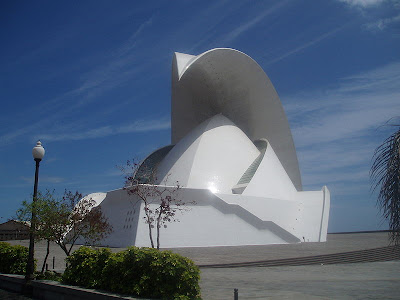Postmodernism and Remix
Postmodernism and remix play an important role in the contemporary design. In an age of developed mass media such as television, computer and the internet, public in the mid-twentieth century were able to access countless number of images and information of different cultures and styles, from all over the world, as well as their own. This resulted in people creating their own art works in which they simply mixed the existing styles into their own techniques, creating something totally different while still retaining the traces of its original work. This new style provided designers not only with freedom, but also enabled them to push boundaries of what can once be seen as a stereotypical format of past designs. By having no restrictions, they were able to do what they desired and designs became more accessible to a broader range of different social classes.
The famous quote, ‘less is more’ by 'Ludwig Mies van der Rohe', has always been considered as important in the history of design. (It was once what defined an idealistic modern style) However, the introduction of new style, post-modernism, allowed people see design in a different perspective. Simple and less have grown out to be rather boring and plain and people sought to see design as more into vibrant and ornamental. Key characteristics of postmodernism are vibrant, ornamental eclecticism, kitsch, historical quotations, wit or irony and manipulations of scale.
The picture above Auditorio de Tenerife designed by architect Santiago Calatrava Valls. Its enormous scale manipulation of 23,000 m², appealing curved ornamentations and use of vibrant colours give it a name of postmodernist architecture that exists today.

No comments:
Post a Comment